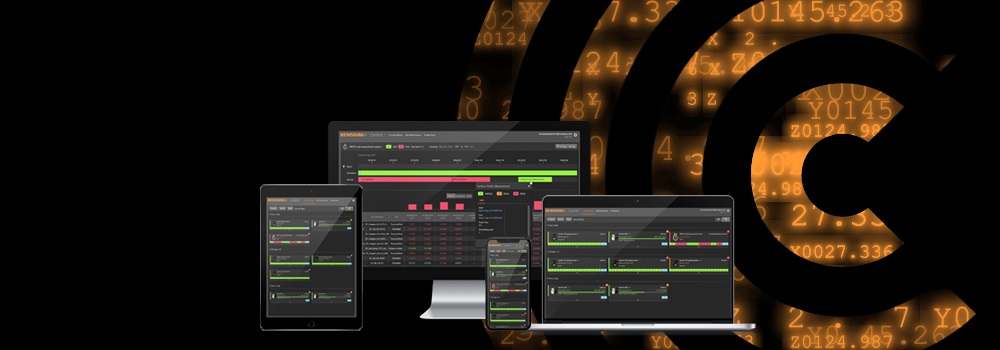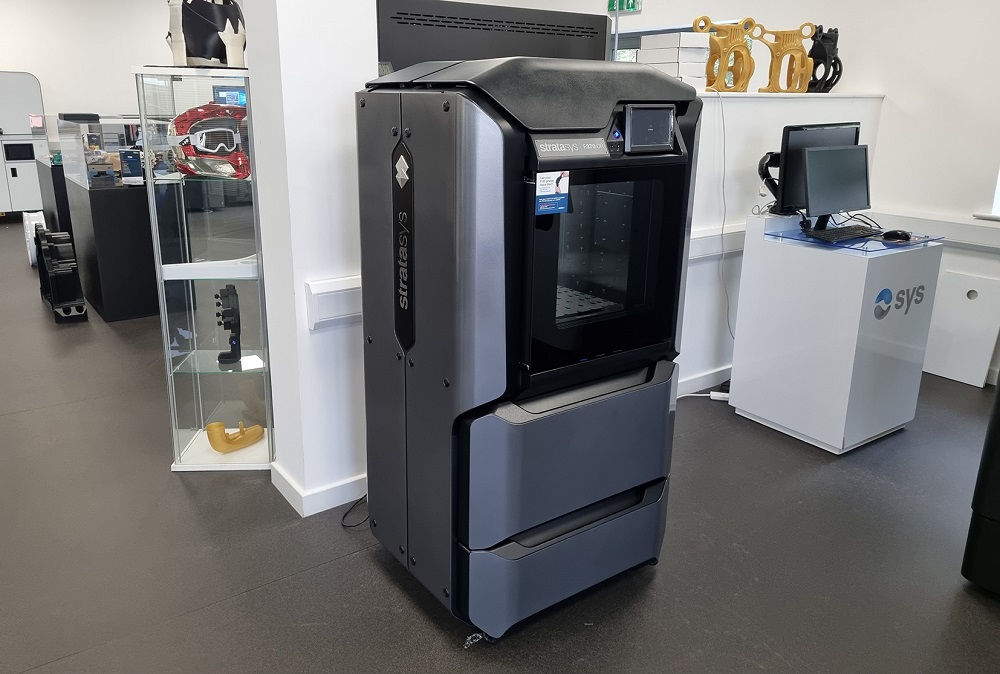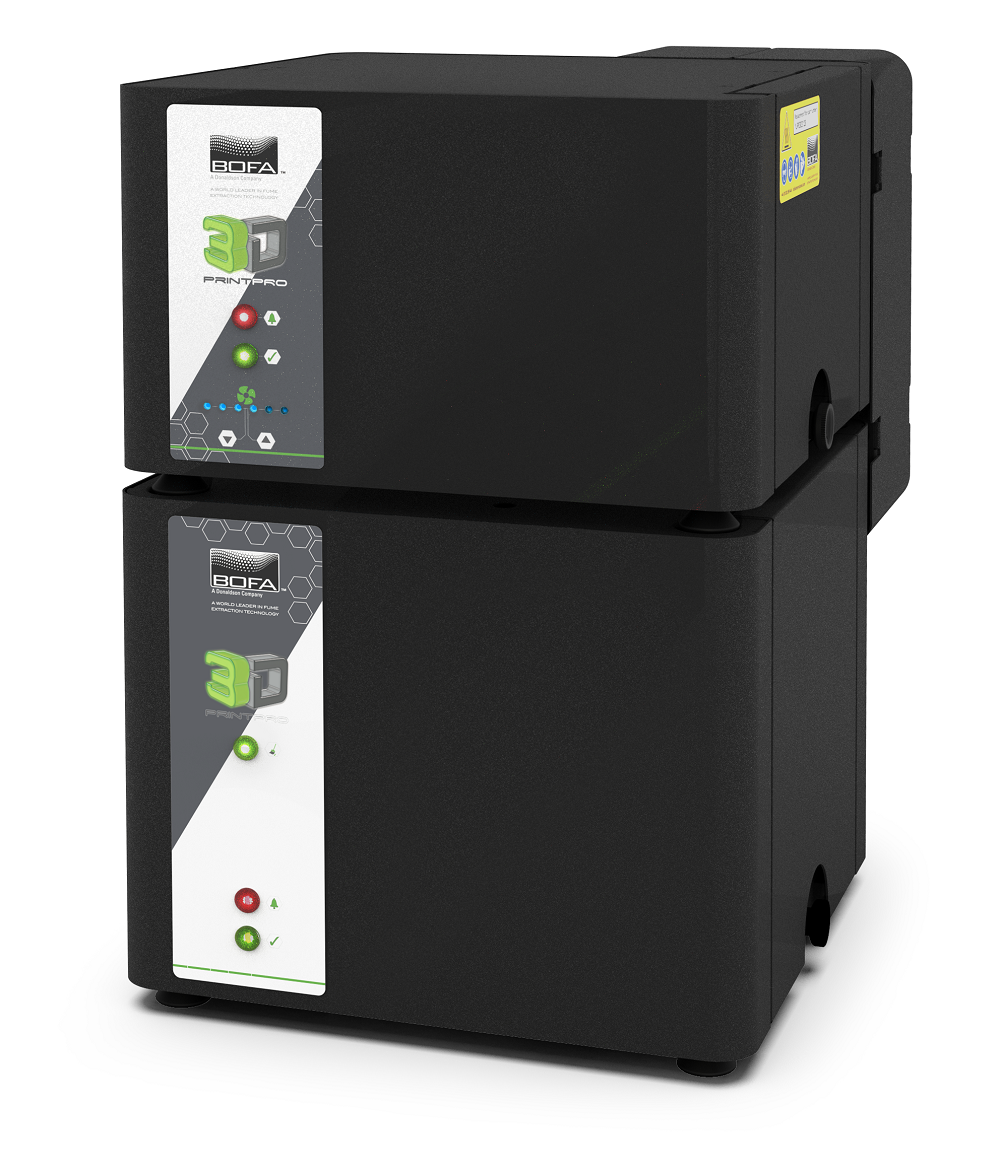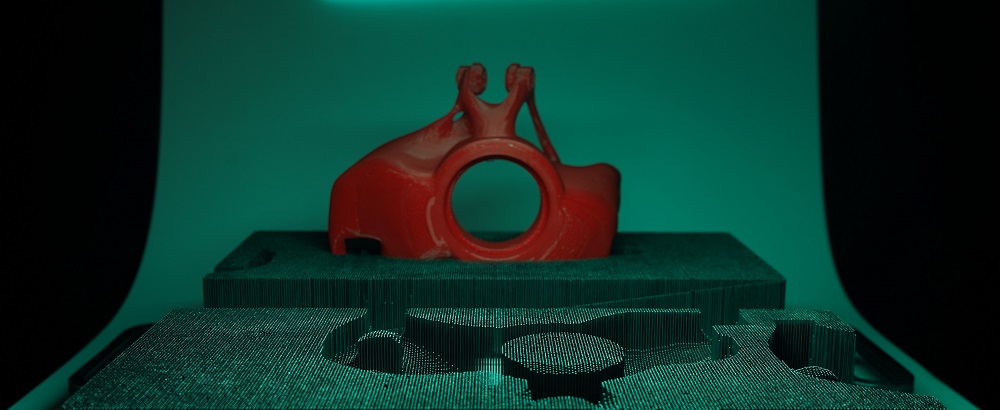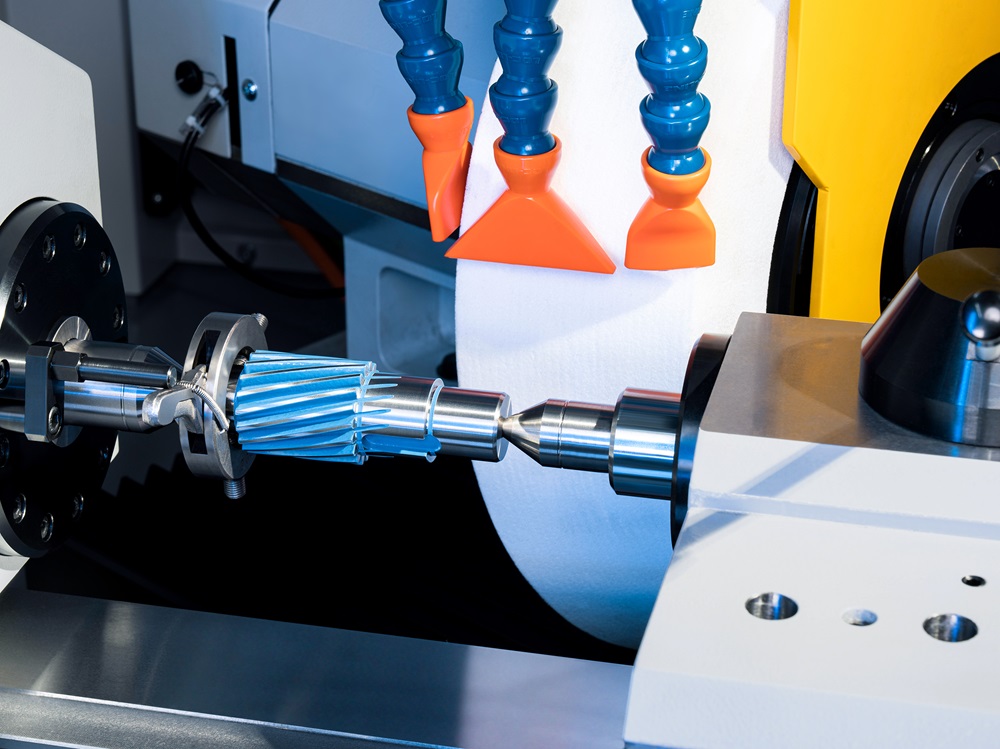To help manufacturers improve production efficiency and monitor their additive manufacturing (AM) performance in real-time, Renishaw has updated its ‘Renishaw Central’ manufacturing data platform. Using feedback from sensors fitted to AM systems, the software gathers and displays machine process data from across production facilities, including AM systems. Users can therefore track machine status and the execution of jobs, as well as pinpoint errors and act on them before they impact process efficiency.
Using Renishaw Central, manufacturers can now capture data throughout the AM process chain and view machine and process analytics in realtime. The software displays several parameters including build traffic, job progress and recent build history. Users can also sort and select jobs based on name, the number of runs passed, the number of fails and other parameters. If the machine sensors detect a problem, it will feed this back to the platform and Renishaw Central will display an error message informing the user.
Renishaw Central can also provide manufacturers with access to time series data, environmental insights and the results of any process changes. By capturing this data and comparing it over different periods, users can optimise production by introducing process changes based on prior performance.
“Unlike machining, the AM process involves putting materials through phase changes, so manufacturers must keep a close eye on build performance to avoid any anomalies,” explains Ben Diaz, senior product manager at Renishaw. “Renishaw Central enables operators to connect multiple systems with one manufacturing data platform, improving communication across the shop floor. The platform streams data seamlessly, allowing users to see real-time data from AM systems, CNC machines and other systems at a glance, as well as receive live machine and data analytics that can inform predictive maintenance.”
More information www.bit.ly/3VL6Lc8






